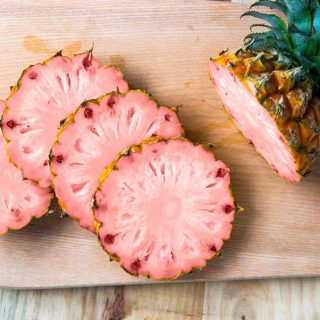 A culinary history of the protein-laden legume, this work follows the peanut’s rise from a lowly, messy snack food to its place in haute cuisine and on supermarket shelves. It highlights the peanut’s role in the ways economic distress, wartime conditions, and health trends reflect and inform our culinary landscape.
A culinary history of the protein-laden legume, this work follows the peanut’s rise from a lowly, messy snack food to its place in haute cuisine and on supermarket shelves. It highlights the peanut’s role in the ways economic distress, wartime conditions, and health trends reflect and inform our culinary landscape.
The peanut is one of the most versatile and beloved of American food icons. In this first culinary history of the protein-laden legume, Andrew F. Smith follows the peanut’s rise from a lowly, messy snack food to its place in haute cuisine and on candy racks across the country.
Chronicling how peanut consumption and production has changed throughout history, Smith highlights the peanut’s role in the ways economic distress, wartime conditions, industrialization, and health trends reflect and inform our culinary landscape. Chock-full of photographs, advertisements, and peanut recipes from as early as 1847, this entertaining and enlightening volume is a testament to the culinary potential and lasting popularity of the goober pea.
Order the book
Food 2.0 LAB in association with Amazon
Books by the same author –



















